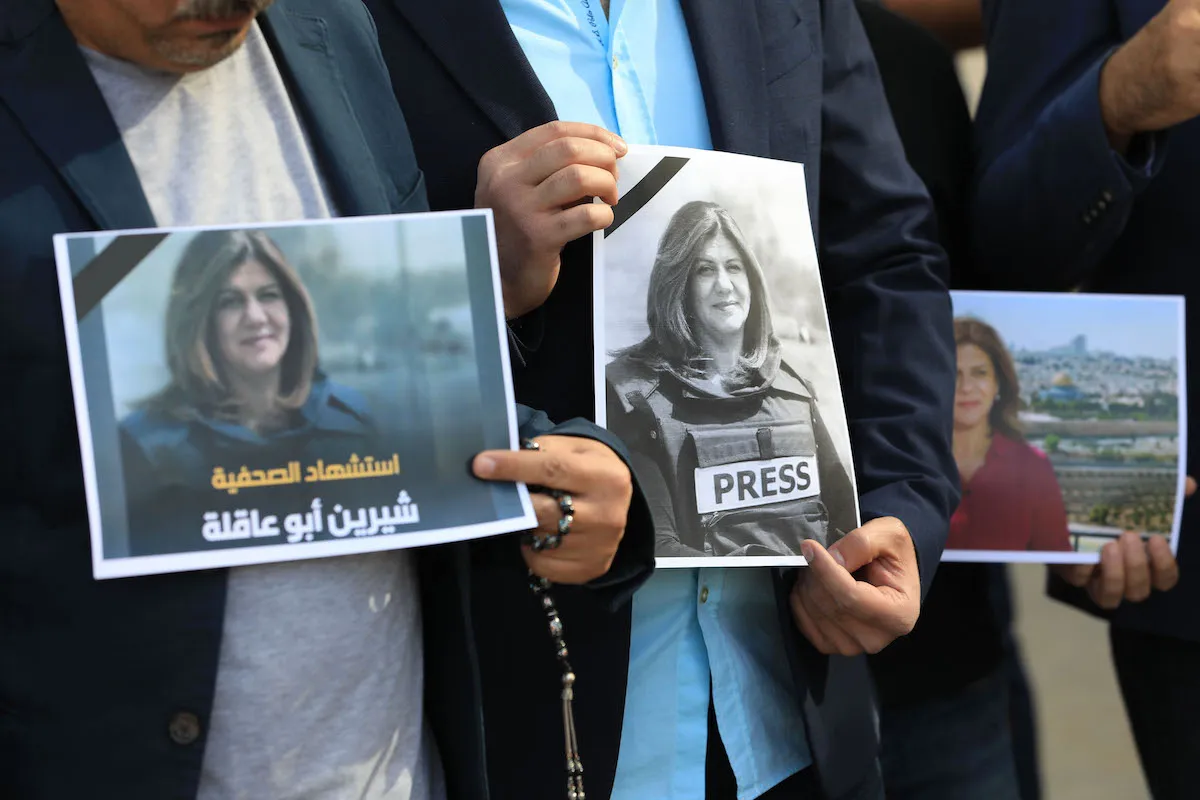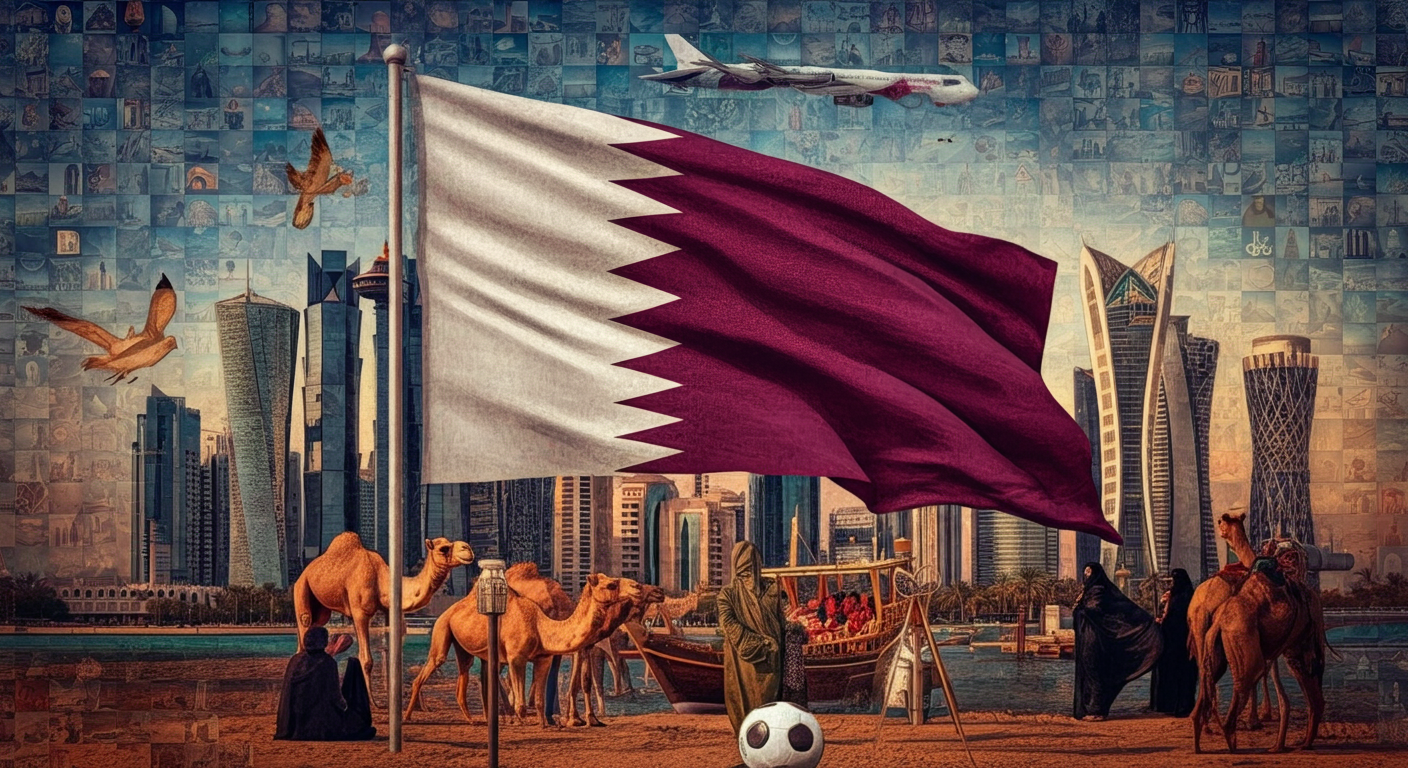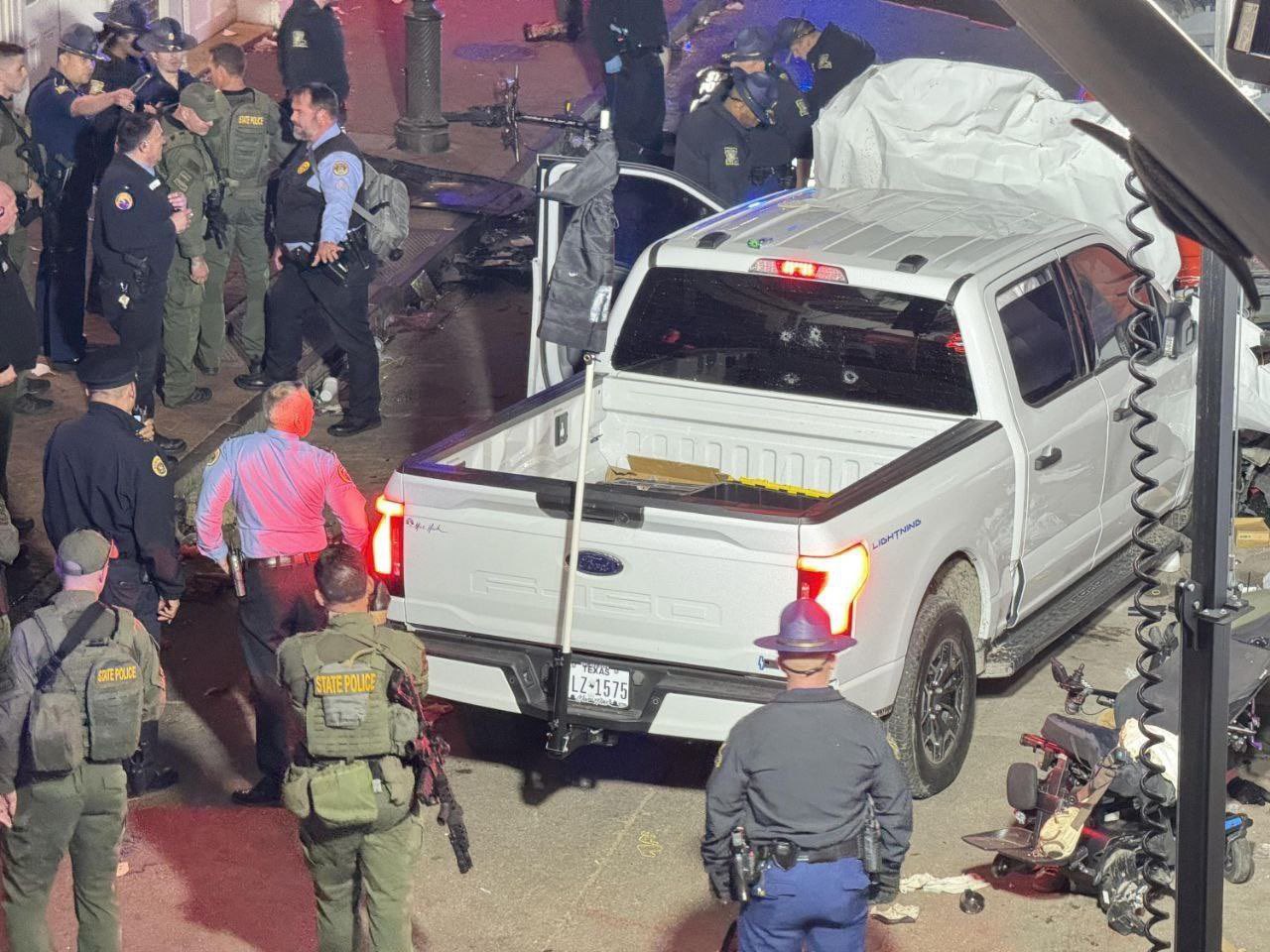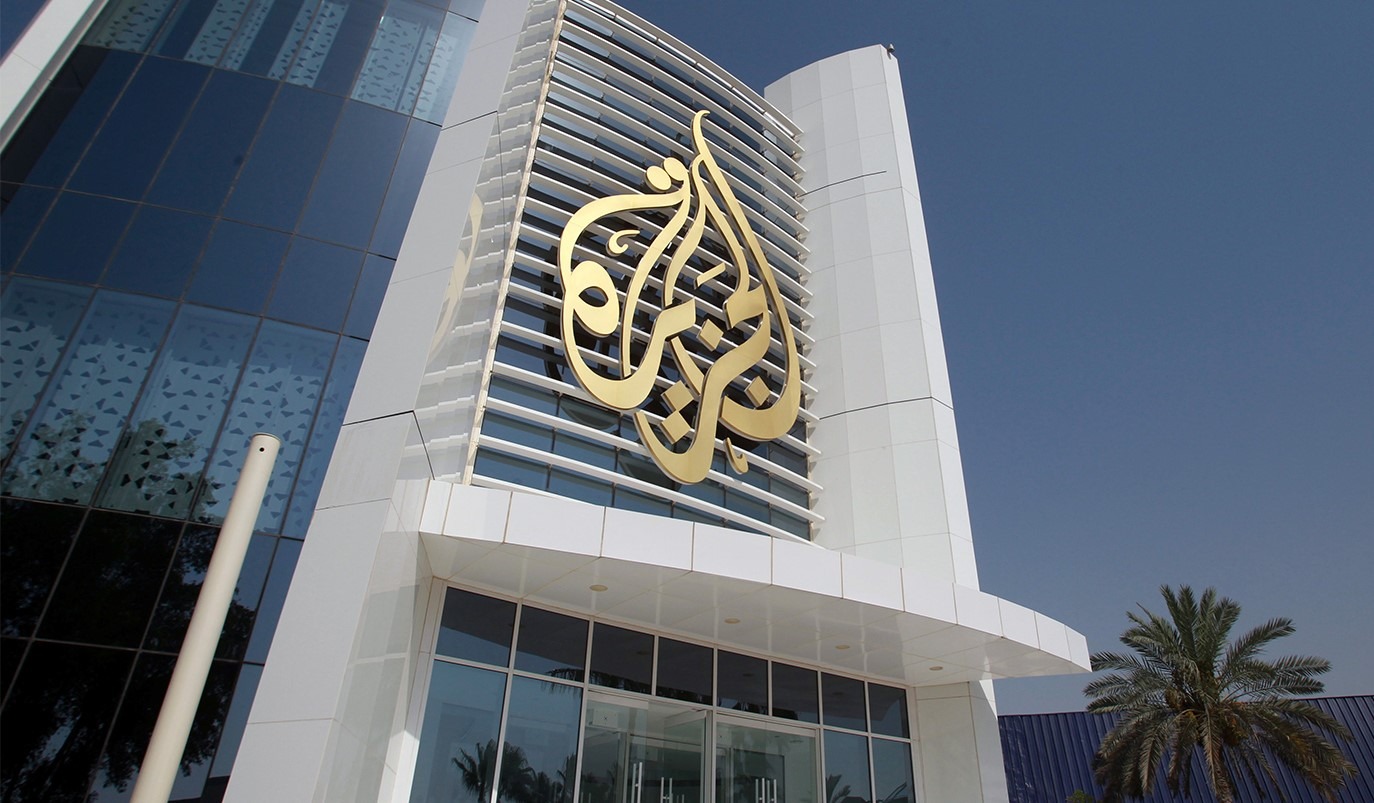At least 41 journalists and media professionals have been confirmed to have died while performing their jobs.
The year 2022 was the deadliest for journalists around the world, a global press freedom organisation found.
At least 67 journalists and media figures were killed last year alone, marking the highest number of deaths since 2018, according to figures by the Committee to Protect Journalists.
The spike in numbers could be attributed to fatalities or journalists covering the conflict in Ukraine, as well as the sharp rise in homicides in Latin America. Compared to 2021, the number nearly increased by 50%.
At least 41 journalists and media professionals died while performing their jobs, and CPJ is looking into an additional 26 deaths to see if there was a connection to the workplace.
18 local journalists who covered sensitive subjects like politics, crime, or corruption in their home countries were among 19 journalists were killed in retaliation for their work in 2022.
The highest annual numbers CPJ has ever recorded for these countries were committed in just three nations: Ukraine (15), Mexico (13), and Haiti (7), where more than half of the 67 killings took place.
Reporters were brutally murdered in Mexico and Haiti while on duty, and the vast majority of those responsible have not been brought to justice.
The Global Impunity Index, published by CPJ, continues to list Mexico among the nations where murderers of journalists are not prosecuted.
Others who perished last year covered a variety of topics, including crime and corruption in Colombia, political unrest in Chad, the Occupied Palestinian Territory, and Myanmar, the environment in Brazil, and local politics in Turkey and the US.
Their deaths highlight the serious threats to the press that exists everywhere, CPJ said in its report, even in nations with democratically elected governments.
The CPJ keeps track of three different types of journalist deaths that are related to their work: targeted killings in retaliation for reporting, which make up the vast majority of cases; deaths in combat or crossfire; and deaths on other risky assignments.
CPJ is an American independent non-profit, non-governmental organisation, based in New York City. It has correspondents around the world and promotes press freedom and defends the rights of journalists.
In their report, the organisation highlighted several takeaways from the worrying statistics.
Shireen’s brutal death sheds light on Israeli impunity
Israeli bullet claimed the life of a prominent Palestinian Al Jazeera journalist Shireen Abu Akleh while she was covering an Israeli military operation in Jenin in May. She died while wearing her press vest, unarmed, with only a microphone in her hand.
A US State Department investigation found that gunfire from Israeli soldier positions was “likely responsible” for Abu Akleh’s death, but “found no reason to believe that this was intentional.”
However, a joint investigation by a research group and Palestinian rights group has uncovered evidence that refutes Israel’s account that the killing of veteran Al Jazeera journalist Shireen Abu Akleh was a mistake, saying that Abu Akleh’s killing was deliberate.
To date, the Israeli government has not conducted an open investigation or taken action to hold those accountable.
This is just one of several illustrations of Israeli impunity for crimes against the press.
The brutal death happened just a year after Israeli forces bombed several structures in the Gaza Strip that housed newsrooms, including those of The Associated Press and Al-Jazeera.
When CPJ asked Israel to back up its claims that Hamas was using the structure for military purposes and to reaffirm the freedom and safety of reporting in Gaza, the Israeli government did not respond.
Yaser Murtaja and Ahmed Abu Hussein, two additional Palestinian journalists, were shot and killed in 2018 while covering protests in the Gaza Strip.
The two journalists were “intentionally” shot by Israeli snipers, according to a UN commission of inquiry.
The occupational authorities have not made it clear whether they conducted any investigations or whether anyone was prosecuted for the journalists’ deaths.
Protection ‘ falls short’
In its report, CPJ stressed the need to ramp up efforts to protecting the lives of journalists on duty. Though there are several laws and entities that deal with journalist protection in several countries, they appear to be ineffective in keeping journalists safe.
Despite the laws put in place to protect reporters, Mexico holds the highest number of work-related deaths in a single year, amounting to a total of 13.
Three of those cases involved the murder of journalists who had been threatened before they were killed for covering politics and crime.
Qatar’s stance
Last year, the Gulf nation jumped up nine places in the Reporters Without Borders (RSF) global press freedom index. The jump to 119 out of 180, demonstrates that restrictions are gradually lifting and slowly improving in the Gulf state but there is still room for improvement.
The country’s renowned network, Al Jazeera, has changed the region’s media landscape and has been dubbed as a beacon of a free press in the Middle East. However, the company still comes under scrutiny and criticism for underreporting certain issues in Qatar.
Some local journalists and residents in Qatar, frequently engage in self-censorship, particularly online, to avoid any legal implications.
However, to date, the country has no record of any journalist killings.
A broader regional look
According to the World Press Freedom Index 2022 edition, which evaluates the state of journalism in 180 nations and territories, more than half of Middle Eastern and North African countries face “very serious” challenges to press freedom.
Meanwhile, the media situation in the remaining countries is classified as either “difficult” or “problematic.”
Yemen is tied with India for the third-most fatal country in the world for journalists, with 18 journalists killed in the past five years.
Meanwhile, Syria remains among the top three fatal countries for journalists during the past five years, despite dropping in the list of the most dangerous for journalists in 2021.
Since 2011, at least 153 journalists have been killed in Syria by the Assad regime, their allies Russia and Iran – as well as ISIS, HTS and a number of local militant groups.
Last year, Al Jazeera released the names of 12 of its journalists who were killed on the frontlines since 1996, 7 of which were killed in Syria.







